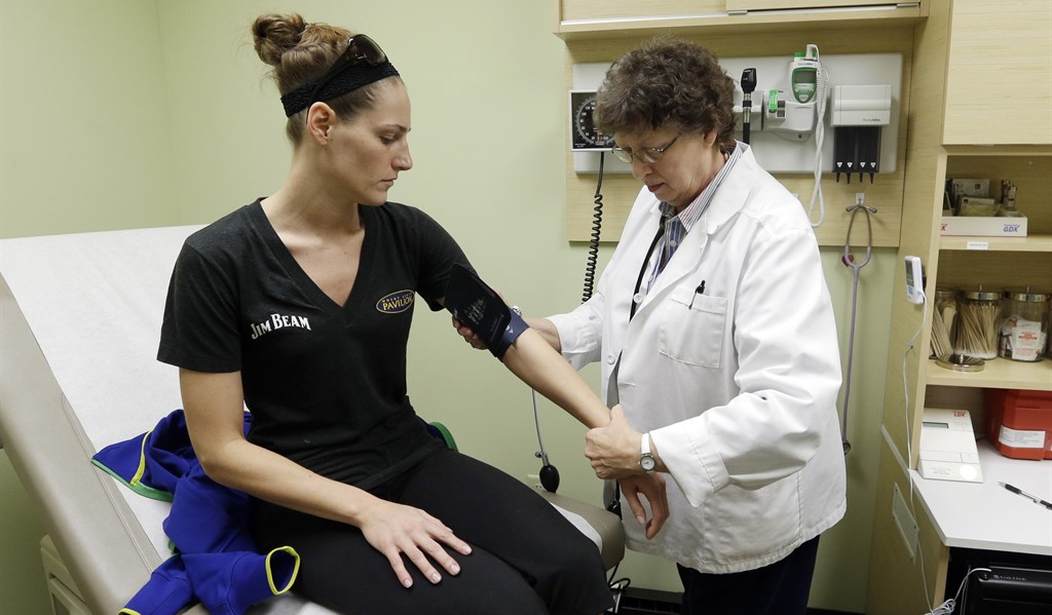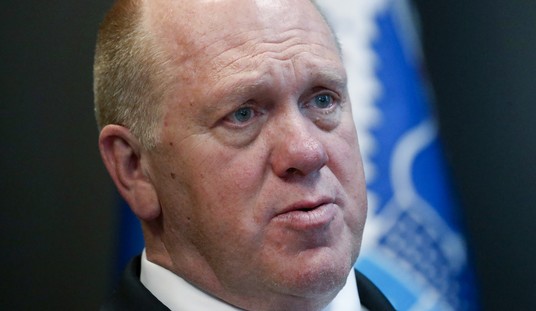What happens when you pay a business to pay for a good or service on your behalf? It’s a legitimate question, as this type of transaction costs many Americans thousands of dollars every month in the form of health insurance payments and taxes paid to the government.
Although many people don’t realize it, deferring decision-making to third parties results in a loss of consumer power. So, when we allow health insurers and governments to control our health care system, we lose control of our health care.
Some people erroneously believe putting insurers and bureaucrats in charge of health care reduces costs. But research clearly shows costs rise when consumers don’t pay for their own health care. For many, paying third parties only feels like it results in cost savings, but the truth is, costs are simply obscured in a maze of premiums, taxes, payroll deferral, deductibles, and copayments. As a result, most people have no idea how much they actually spend each year on health care.
Even worse, the third-party payment model has corrupted the practice of medicine, largely due to the incentives and disincentives such a system creates. Author David Goldhill masterfully displayed how the third-party payment model creates numerous problems in his book Catastrophic Care.
One hypothetical example Goldhill uses is a trip to an autobody repair shop. Goldhill explains that often when consumers take damaged vehicles in for repairs, one of the first things a mechanic will ask is whether the consumer will use insurance. If the consumer says “yes,” mechanics’ eyes get wide with excitement as they explain how they will replace the vehicle’s paneling, repaint the doors, and even fix that scratch that likely predated the crash because, “Hey, you are submitting it to your insurance anyway!”
Recommended
The customer often feels good about the arrangement, because the consumer feels as though he or she is finally getting something back for the outrageous premium he or she has paid every month, year after year. Consumers don’t always realize that these decisions lead to higher premiums in subsequent years.
Of course, the folks at the body shop are happy because they created the biggest payday possible by providing the most services they could.
Conversely, when a consumer arrives at an autobody shop and opts to pay with cash, the entire tone of the experience changes. Autobody shops know they have to keep cost estimates down, because consumers won’t agree to pay just any price the body shop owner wants, and high prices would likely drive the consumer to another mechanic. On top of that, mechanics are less inclined to jack up the bill when looking directly into the eyes of the person who would bear the brunt of that abuse.
As Goldhill notes, this is comparable to how much of the modern US health care system works. Doctors, through billing and coding classes, are taught how to document every detail of the services they provide so that they can maximize the bill sent to third-party payers, like insurance companies and government agencies. Keeping costs down is simply not a priority for health care providers and even many third-party payers when insurance is involved.
However, when health care providers treat patients who walk through their doors with cash in hand, everything changes. Market forces become an important consideration for everyone involved, and sympathetic doctors often choose to go the extra mile in exchange for whatever the patient can afford to pay.
Health care costs aren’t the only problem created by the third-party payer system. As most doctors know all too well, it also creates a run on medical services every December, as patients scramble to get every test imaginable completed prior to the new year, when their deductible resets. Long waits typically result from the December rush, and in some cases, scarcities can become common, leaving people who badly need certain health care services completely out of luck.
The easiest way to fix these problems is to empower consumers through direct primary care arrangements (DPCs), which cut third-party payers like the government and insurers out of the relationship between doctors and their patients. With DPCs, doctors and patients contract directly. Patients pay a low monthly fee in exchange for a set number of services and, in some cases, additional discounts for other services and products. Most of the primary care services and tests patients need can be covered at a much lower cost under a DPC agreement.
These arrangements free up doctors and other health care providers to spend more time and money on treating patients and less resources on satisfying demands imposed by health insurers and government agents. Even with DPC, patients are encouraged to enroll in low-cost “catastrophic” health insurance plans, in case a serious and very costly illness arises, like cancer or an emergency surgery.
By realigning incentives for patients and providers, DPCs control costs and improve health care quality and efficiency in ways the third-party payer system can’t. The DPC revolution is already happening in communities across the country, and the results have been astounding.
Expanding DPCs, not creating more top-down government controls and regulations imposed on health insurers, is the answer to fixing America’s health care problems.

























Join the conversation as a VIP Member